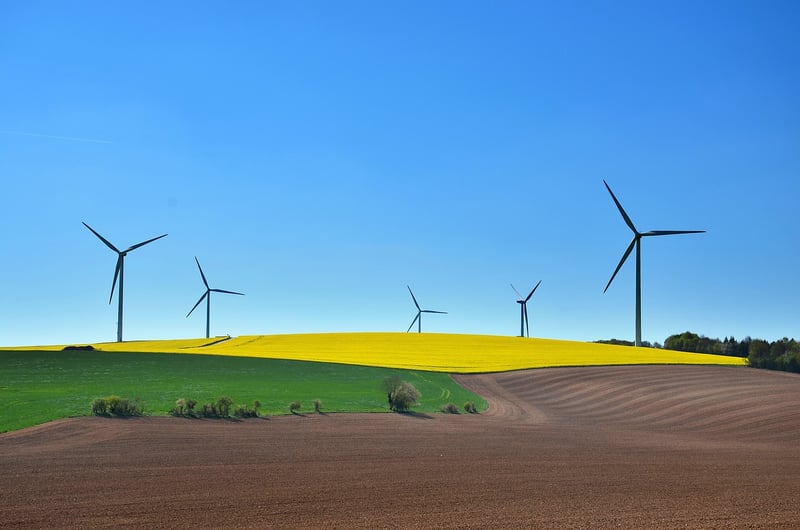Sustainable Landscaping
The Art of Creating Eco-Friendly Vertical Landscapes

Vertical landscapes have gained popularity in recent years as a sustainable and visually appealing way to incorporate greenery into urban spaces. By utilizing vertical surfaces such as walls or structures, you can create beautiful and eco-friendly gardens that not only enhance the aesthetics but also contribute to a healthier environment.
Benefits of Vertical Landscapes
- Maximizes green space in urban areas
- Improves air quality by reducing pollution
- Enhances biodiversity by providing habitats for insects and birds
- Reduces the urban heat island effect
- Increases energy efficiency by providing insulation
How to Create Eco-Friendly Vertical Landscapes
- Choose Native Plants: Select plants that are native to your region as they require less water and maintenance, promoting biodiversity.
- Use Recycled Materials: Opt for recycled and eco-friendly materials for your vertical garden structures to reduce environmental impact.
- Implement Drip Irrigation: Install a drip irrigation system to water your vertical garden efficiently and minimize water wastage.
- Compost and Mulch: Utilize compost and mulch to enrich the soil and reduce the need for chemical fertilizers.
- Regular Maintenance: Ensure regular maintenance such as pruning, weeding, and monitoring plant health to keep your vertical garden thriving.
Sustainable Landscaping Practices
Sustainable landscaping goes beyond vertical gardens and includes various practices to minimize environmental impact and conserve resources. Some key sustainable landscaping practices include:
- Water Conservation through rainwater harvesting and drought-resistant plants
- Energy Efficiency through proper plant placement for shading and insulation
- Soil Health by using organic fertilizers and avoiding harmful chemicals
- Biodiversity promotion by incorporating a variety of plants to support local ecosystems
- Waste Reduction by composting and recycling garden waste
By adopting eco-friendly vertical landscapes and sustainable landscaping practices, you can create a greener and healthier environment for yourself and future generations.
References: EPA Green Infrastructure, Sustainable Landscaping Research
